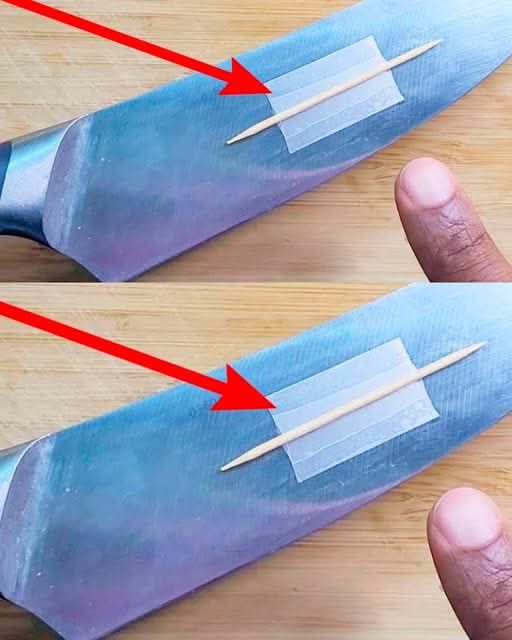ADVERTISEMENT
ndle a wide range of tasks, from slicing soft tomatoes to chopping through tougher cuts of meat. Because they don’t have the limitations of serrated knives (like tearing delicate foods), they can be used for nearly every task in the kitchen.
The Art of Sharpening Toothless Knives
Maintaining a toothless knife requires a little more attention than some may expect. While serrated knives can often go a while without serious sharpening, smooth-edge knives need to be regularly honed and sharpened. Here’s the general approach that chefs use:
- Honing: This process aligns the blade’s edge and is done frequently to keep the knife sharp between sharpening. It’s best to hone the knife after each use or every few uses, depending on how often the knife is used.
- Sharpening: Sharpening removes metal from the edge to create a new, sharper surface. Depending on the frequency of use, a knife may need sharpening every few months. Professionals often use whetstones or sharpening tools to restore the blade to its original sharpness.
Choosing the Right Toothless Knife
While the “toothless” concept is widely embraced by professional chefs, not all knives are created equal. Here are a few options that chefs recommend for a high-quality, smooth-edge knife:
- Chef’s Knife: The quintessential all-rounder, a good chef’s knife has a long, smooth edge that is great for most tasks. A sharp chef’s knife is essential for dicing, chopping, and slicing with ease.
- Santoku Knife: A Japanese-style knife that typically features a shorter, wider blade, it’s perfect for quick, smooth cuts. The Santoku is also incredibly versatile, suitable for chopping, slicing, and mincing.
- Utility Knife: For smaller tasks, a utility knife with a smooth edge provides excellent control, making it perfect for trimming, peeling, and cutting delicate ingredients.
- Paring Knife: For precise, intricate cuts, a paring knife with a smooth edge is invaluable. It’s great for peeling, coring, and trimming.
Conclusion: The Toothless Knife Advantage
The secret behind a chef’s ability to cut so effortlessly isn’t just years of training—it’s the tools they use. Toothless knives (smooth-edge knives) are an essential part of the chef’s toolkit, offering precision, efficiency, and control. These knives help chefs make clean cuts that enhance the texture and appearance of dishes, while also providing a longer-lasting sharpness when properly maintained.
If you’re looking to elevate your culinary skills at home, consider investing in a smooth-edge knife or two. With a properly maintained toothless knife, you’ll experience the difference in your cooking technique, whether you’re preparing a meal for family or experimenting with gourmet dishes.
